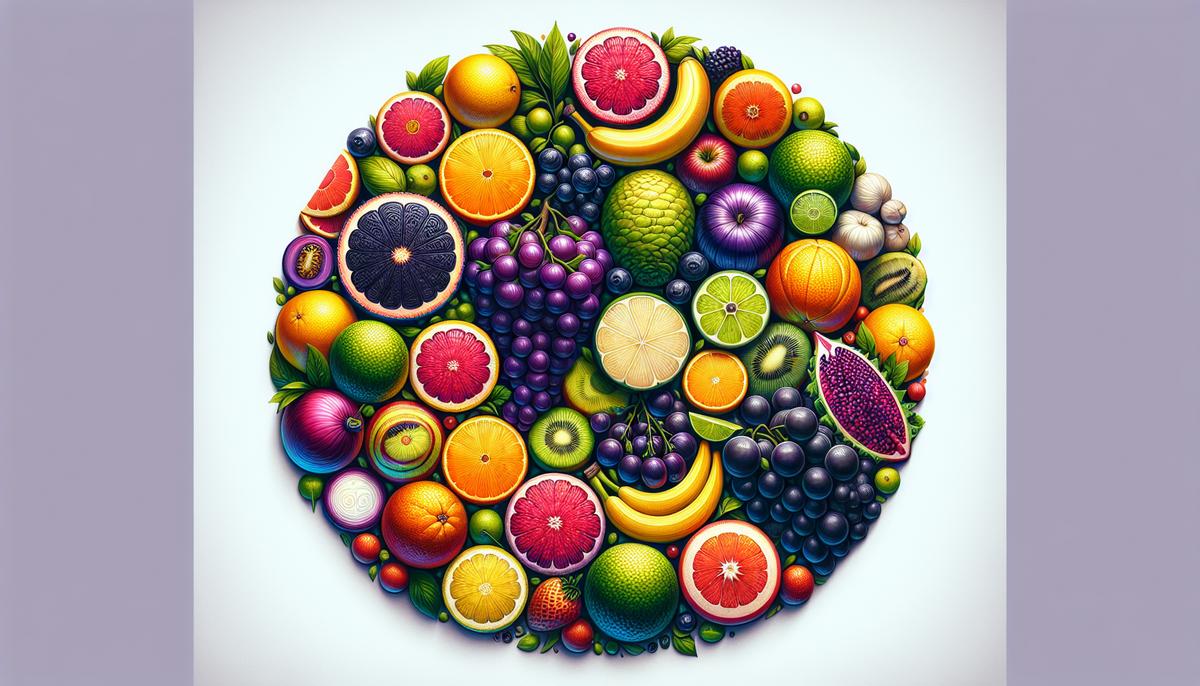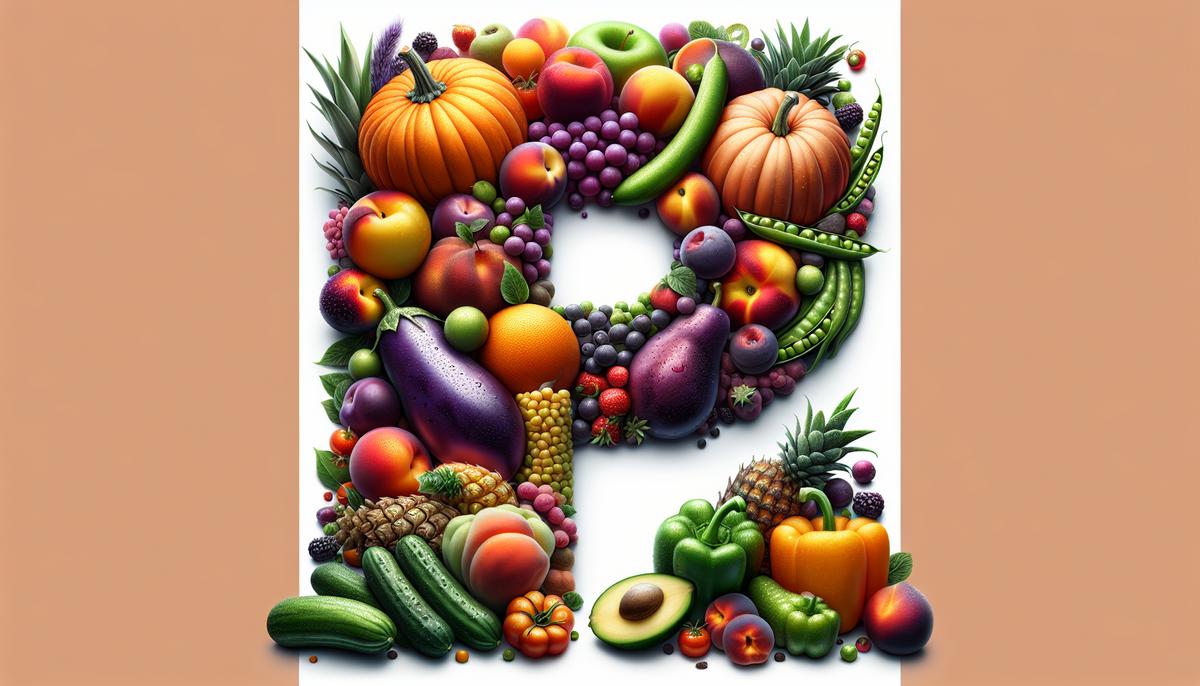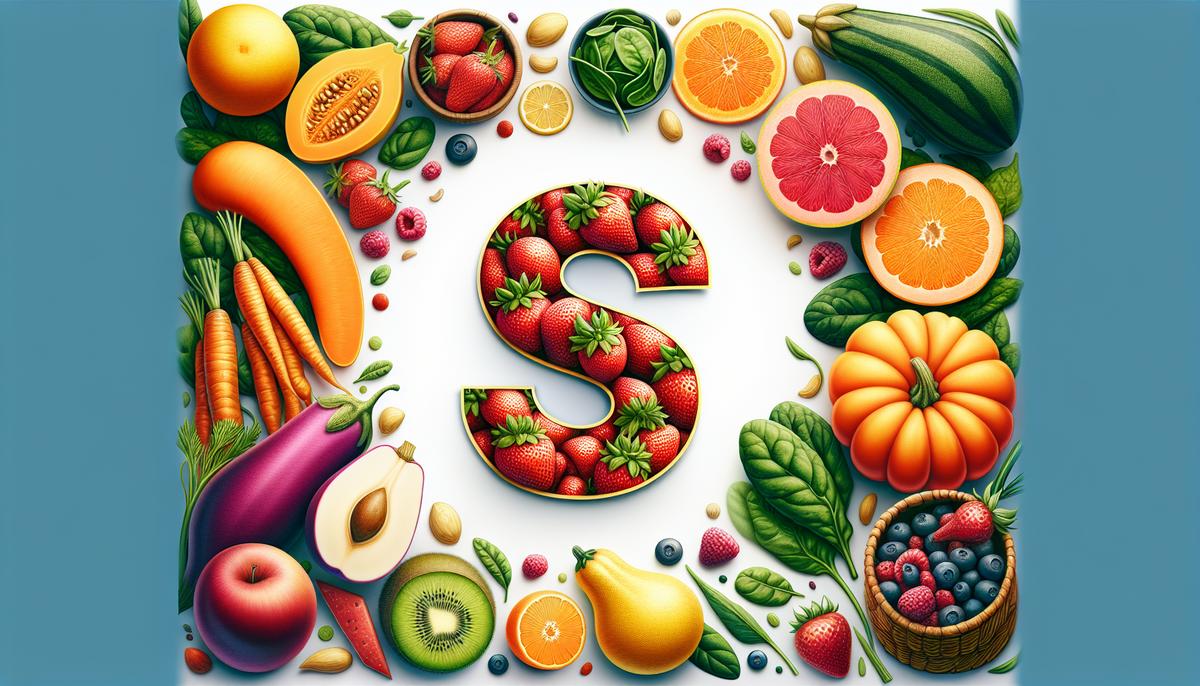Embarking on a culinary journey through fruits and vegetables that start with the letter “U” can be an exciting and delicious experience. These often-overlooked gems offer unique flavors, textures, and nutritional benefits that can add variety and depth to your diet. From the tangy Ugli fruit to the peppery Upland cress, each of these foods has something special to offer. Let’s explore these nutritious and versatile options to see how they can enhance your meals and support your health goals.
Fruits that start with U
Ugli Fruit
Ugli fruit, also known as Jamaican tangelo, is a citrus hybrid that combines the best traits of an orange, grapefruit, and tangerine. This fruit is aptly named due to its wrinkled, rough exterior, which may not be visually appealing but hides a juicy and delicious interior. Ugli fruit is typically in season from November to April and can be found in specialty grocery stores during this time.
From a nutritional standpoint, Ugli fruit is a powerhouse of vitamin C, which is essential for immune system function and skin health. It also provides a good amount of dietary fiber, aiding in digestion and promoting a feeling of fullness. Additionally, the fruit contains small amounts of calcium, potassium, and vitamin A, making it a well-rounded choice for a healthy diet.
In the kitchen, Ugli fruit can be enjoyed in a variety of ways. Its sweet and tangy flavor makes it a perfect addition to fruit salads, smoothies, and desserts. You can also use its juice to make refreshing beverages or marinades for meats and seafood. For a simple snack, peel and segment the fruit, eating it just like an orange.
Umbu Fruit
Umbu fruit, native to Brazil, is also known as Brazilian plum or “sour plum.” This small, round fruit is green when unripe and turns yellow as it matures. It has a tart flavor that is similar to a mix of lime and apple, making it a unique addition to various dishes.
Nutritionally, Umbu fruit is a rich source of vitamin C and antioxidants, which help protect the body from free radicals and support overall health. It also contains fiber, promoting digestive health, and provides small amounts of vitamins A and B-complex, as well as minerals like calcium and iron.
Umbu fruit can be used in a variety of culinary applications. In Brazil, it is often made into jams, jellies, and juices. Its tartness can also complement savory dishes, such as salsas and sauces for grilled meats. For a refreshing treat, try blending Umbu fruit with water and a bit of sweetener to create a delicious and hydrating drink.
Ugni Fruit (Chilean Guava)
Ugni fruit, also known as Chilean guava or New Zealand cranberry, is a small, berry-like fruit with a sweet and aromatic flavor. These tiny fruits are red or purple when ripe and have a taste that combines the sweetness of strawberries with the tartness of cranberries.
Ugni fruit is packed with nutritional benefits. It is rich in vitamin C and antioxidants, which support immune function and help reduce inflammation. The fruit also contains dietary fiber, which aids in digestion and helps maintain healthy blood sugar levels. Additionally, Ugni fruit provides essential minerals such as potassium and magnesium.
In the culinary world, Ugni fruit can be used in various ways. It is often made into jams, jellies, and preserves due to its high pectin content. The fruit can also be used to flavor beverages, such as teas and cocktails. For a delightful dessert, try incorporating Ugni fruit into pies, tarts, or fruit salads. Its unique flavor adds a special touch to both sweet and savory dishes.
Vegetables that start with U
Udo (Japanese Spikenard)
Udo, also known as Japanese spikenard, is a perennial plant native to Japan, Korea, and China. The young shoots of the plant are harvested in spring and are prized for their crisp texture and delicate flavor, which is somewhat reminiscent of asparagus and celery. Udo is often found in Japanese markets and is used in traditional Japanese cuisine.
Nutritionally, Udo is a good source of dietary fiber, which aids in digestion and promotes a healthy gut. It also contains vitamins such as vitamin C and B-complex vitamins, which support immune function and energy metabolism. Additionally, Udo provides essential minerals like potassium, which is important for maintaining healthy blood pressure levels.
In the kitchen, Udo can be used in a variety of dishes. It is commonly eaten raw in salads, where its crisp texture shines. Udo can also be lightly cooked, such as in stir-fries or tempura, to preserve its delicate flavor. In Japanese cuisine, it is often used in miso soup, pickled, or served with a sesame dressing. Its versatility makes it a wonderful addition to many dishes.
Upland Cress
Upland cress, also known as American cress or dryland cress, is a leafy green vegetable with a peppery flavor similar to watercress. It grows well in cooler climates and can be found in farmers’ markets and specialty grocery stores. Upland cress is known for its dark green, serrated leaves and is often used in salads and garnishes.
Nutritionally, Upland cress is a powerhouse of vitamins and minerals. It is particularly high in vitamin C and vitamin K, both of which are important for immune function and bone health. The vegetable also contains significant amounts of vitamin A, folate, and antioxidants, which help protect the body from oxidative stress. Additionally, Upland cress provides dietary fiber, supporting digestive health.
In culinary applications, Upland cress can be used in a variety of ways. Its peppery flavor makes it a great addition to salads, sandwiches, and wraps. You can also use it as a garnish for soups and main dishes to add a burst of flavor and a pop of color. For a simple and nutritious side dish, try sautéing Upland cress with garlic and olive oil. Its versatility and nutritional benefits make it a valuable addition to any diet.




